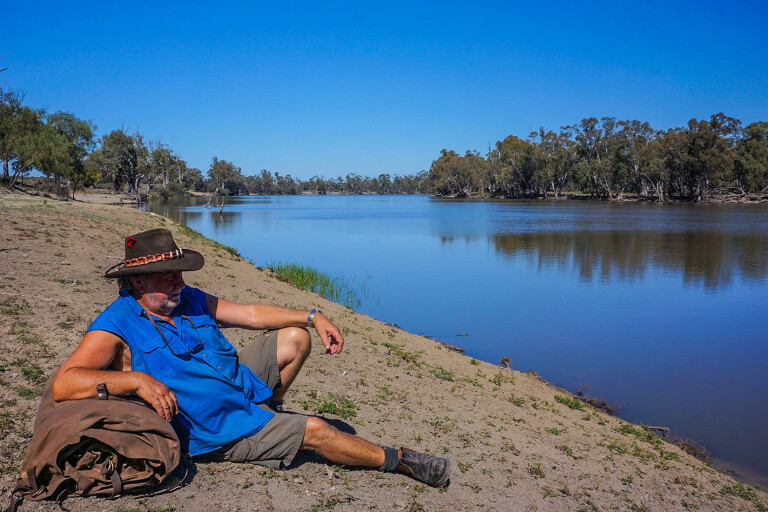
In the 10 years between July 2002 and June 2012, 996 people have drowned in Australian rivers – 68 of them in the Murray River and 356 of them in New South Wales. Males accounted for 78 per cent of the deaths and in 35 per cent of cases there was grog involved.
These statistics are horrifying!
The figures come from the latest Royal Life Saving report on drownings.
In the 12 months of 2014/15 that the report covers there were 271 drownings in our waterways, with 99 deaths in our inland rivers, creeks, dams and lakes.
These figures are not a flash in the pan, either. Every year for the past 13 years, 266 to 324 people have drowned in Oz.
While the Murray tops the list of killer streams, the Brisbane River, Yarra, Swan and Hawkesbury come next, which stands to reason, as they’re around major cities.
Surprisingly, we lose more people in rivers and streams than we do at the beach, even though this past year there were 55 deaths off our golden sands. For the fishers or water skiers among us, it’s a timely reminder that there were 53 deaths involving watercraft in the past 12 months. How prepared are you?
Overall, fatalities involving males well outnumber those involving females, with a total of 216 males drowning in the past 12 months, compared to 55 females.
Young kids under the age of five figured too highly in the stats, with 26 deaths – most occurred after a youngster had fallen into a swimming pool.
Oldies over 55 – that’s my age group! – recorded a staggering 89 deaths (73 were male), with nearly 30 per cent of those occurring in inland waterways and 20 per cent involving watercraft of some sort.
Dig a bit deeper and you’ll find a case study on the dangers of flooding. Between 2002 and 2012, 130 people have drowned as a result of floods. And here’s the sobering bit for all us gung-ho drivers: over half of these deaths were due to cars being driven through floodwaters. Think about that the next time you come to a flooded creek.
Areas deemed ‘remote’ or ‘very remote’ – basically anywhere away from a town and medical help – accounted for 10 per cent of the drownings. That’s a pretty high figure when you consider it in the overall picture, and it’s the area of Australia where four-wheel drivers tend to travel for recreation and enjoyment.
The major points at the end of the report are to wear a lifejacket whenever you’re on the water; supervise children; learn CPR and first aid; and don’t drink alcohol when swimming or boating.
CPR and first-aid courses are run throughout Australia by the Red Cross and St John Ambulance as well as private providers. Even if you’ve done one in the past, it’d pay to do a refresher as a lot has changed in recent years. The life you save could be your wife or daughter, father or brother.
Please stay safe!

COMMENTS